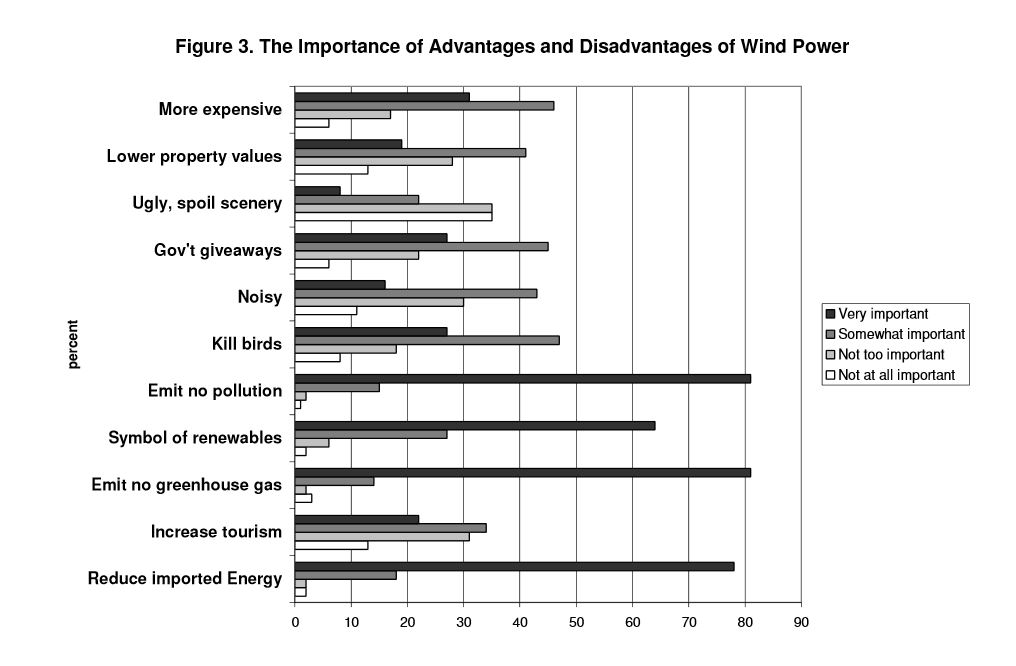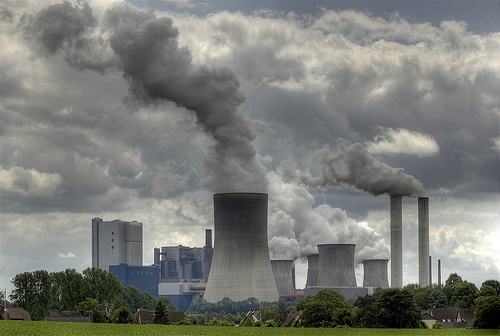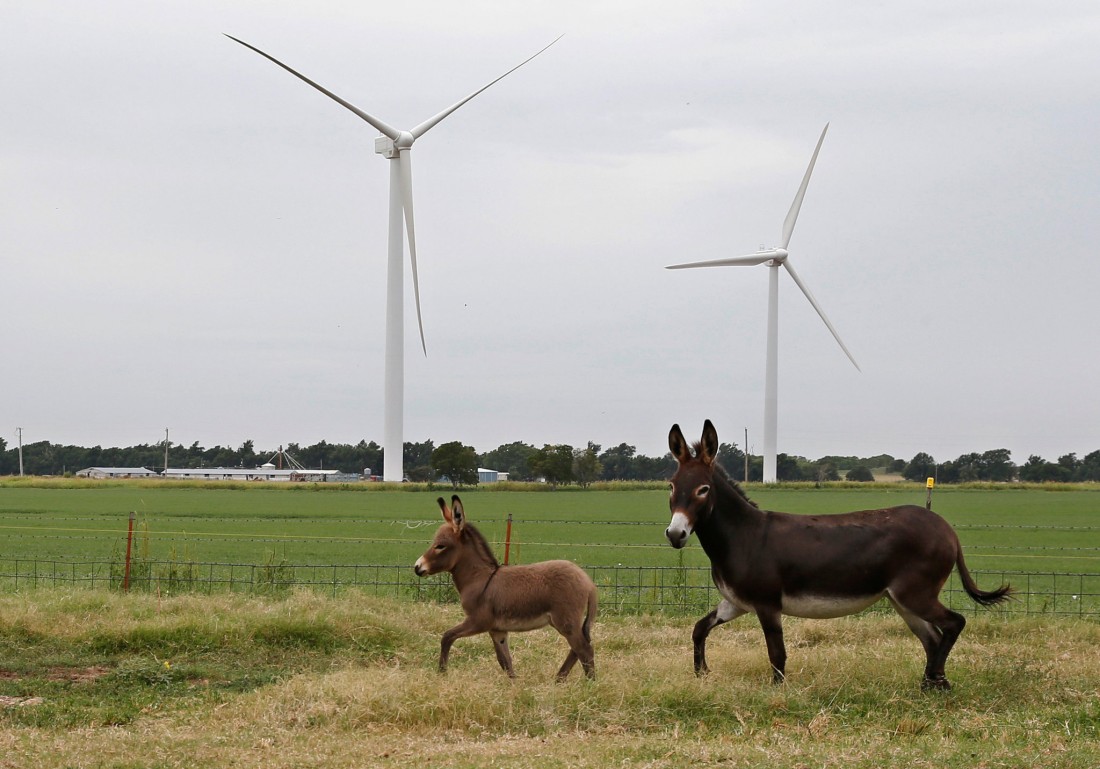Last week I focused on Texas. In spite of its strong inclination toward state autonomy, reluctance to implement new taxes, and its heavy dependence on fossil fuels, it is playing a vital role in the energy transition:
The state is a leader in renewable energy commercialization; it produces the most wind power in the nation. The Roscoe Wind Farm in Roscoe, Texas, is one of the world’s largest wind farms with a 781.5 megawatt (MW) capacity. The Energy Information Administration states that the state’s large agriculture and forestry industries could give Texas an enormous amount biomass for use in biofuels. The state also has the highest solar power potential for development in the nation.
Unlike the rest of the nation, most of Texas is on its own alternating current power grid, the Texas Interconnection. Texas has a deregulated electric service.
I have paid special attention to Georgetown, a relatively small town in Texas, and its commitment to convert entirely to carbon-free energy sourcing by January 2017. That’s way ahead of almost everywhere else in the world. The town intends to make that transition by replacing all usages of fossil fuels with wind and solar sources.
While Georgetown is an example of incredible progress, there are still barriers to the changeover. One of these, a long-time nemesis of this evolution, is the NIMBY (Not in My Back Yard) phenomenon. Many people worldwide have expressed their dismay at having gigantic wind farms feature prominently in their immediate field of view.
Three of my students in the Physics & Society course did a project in which they compared NIMBY attitudes directed at wind energy in the US, Germany, and China. They found the following chart in an article by Eric R.A.N. Smith and Holy Klick which reflects the opinions of Americans polled:
 The factors deemed most important in the survey were the positive aspects of wind power: the turbines emit no pollution or greenhouse gases, they symbolize renewable energy, and they reduce reliance on imported energy. But those questioned also emphasized the relative perceived importance of several obstacles: wind farms are more expensive, they lower property value, are ugly, noisy and they kill birds.
The factors deemed most important in the survey were the positive aspects of wind power: the turbines emit no pollution or greenhouse gases, they symbolize renewable energy, and they reduce reliance on imported energy. But those questioned also emphasized the relative perceived importance of several obstacles: wind farms are more expensive, they lower property value, are ugly, noisy and they kill birds.
All of these questions need references, though – what are these numbers in comparison to? Meanwhile, I’d like to focus on the complaint that wind power generators are ugly. This was a leading concern which caused significant delay in the construction of wind farms in a multitude of locations. Unsurprisingly, if you have an ocean view property and somebody proposes to put a wind farm in the ocean directly in front of your window, you might object.
But consider the two facilities below:
 The first photograph is taken from the New York Times article, “Wind Power Is Poised to Spread to All States”:
The first photograph is taken from the New York Times article, “Wind Power Is Poised to Spread to All States”:
All 50 states could become wind energy producers, according to an Energy Department report released Tuesday, once the next generation of larger, taller turbines in development hits the market.
The bigger machines — reaching as high as 460 feet — could eventually make faster winds at higher altitudes an economical source of electricity, an important part of reaching the nation’s goals in fighting global warming, said Ernest Moniz, the secretary of energy.
The second photograph is from a quick Google image search for a fossil fuel power plant.
Which view would you prefer? One of them has to provide you with the energy that you need.


This article was really interesting read, its so crazy to see how there are ways we can improve our environment, yet we humans just keep choosing the easy way out , (which ends up not being the easiest), when there’s so many creative and better ideas/resources that can replace many resources we use on a daily bases.
It was interesting to see which effects of wind power people found important and which parts they found unimportant. Some of them were valid concerns, such as the cost of switching to wind energy or that it would kill birds, while others seemed less important, like being “ugly.” I like the comparison between the pictures at the end, and I was happy to see the majority of people polled didn’t find it to be important as well. I think an important factor to consider is that fossil fuels won’t be around forever and are unsustainable in the long term. It is important that we make efforts to switch to renewable energy sources, but concerns about the effects of alternative energy on the economy or wildlife should be considered as well.
I was intrigued by Georgetown’s attempt to transition from fossil fuels to carbon-free energy-sourcing through wind farms. It is quite an admirable ambition. I’m just questioning people’s “not in my backyard” objection, which I’ve heard mainly associated with nuclear power plants. However, this doesn’t pose the same risks as nuclear power plants, which could malfunction and lead to meltdowns and radioactivity / death. The biggest issue I see from this is the wind farms potentially being not aesthetically pleasing.
I really like how you compared the two pictures at the end, it really emphasizes what we could have vs. what we’re dealing with now. I don’t really understand how someone can have an issue with being powered by wind, especially when the results are worth it in the long run.
My main takeaway from this post is that I’d love to see how Georgetown is doing now — did they accomplish their 2017 goal? I’ll do some googling when I can. Aside from that curiosity, I am just disappointed that there is even a discussion of “wind energy versus fossil fuels” because it just shows how unprepared we as a people are, and how misguided we are because this is essentially like comparing a shirt that is literally on fire, and a nice, soft regular tee, and debating which one to wear. Like maybe wear the one that won’t burn your flesh off and end your life. It’s a shame we have to even have this discussion but that’s where the general populace and powers that be are at.
The graph interested me, from looking at the paragraph above we see that people don’t like big wind farms around their back yard. However, in the graph, we can see that most people care more about it emits no pollution, it renewable, and reduce import energy. This indicates that people are reasonable and willing to have wind power to reduce the use of fossil fuels and the burning of coal to reduce climate change.
The word ugly stood out to me, especially the pollution image below that sentence. I know how fossil fuels is an important source of energy we used but looking at the result of it just made me sad. The air is being polluted and not only our health is being affected but animals are also affected by the change of environment. We should really limit the energy we use to protect the environment from more harm.
I came across this article after many many hours of trawling the internet for research about wind power and the benefits over other fuels,, I am compelled by some of the statistics generated in fig 3.
In the UK a lot of people seem to think one of the main disadvantages of wind power on an industrious level is the reduction of house prices and tourism. Saying that I come from north wales which is rolling green hills as far as the eye can see,, which was not blotted with wind turbines until the last 5 years.
On another point I would say very few birds are actually killed by wind turbines and probably more birds are killed by airplanes which is ironic as air travel is meant to be statistically the safest way to travel.
The positive attributes of wind technology are usually outweighed by the negative in the UK, but saying that the wind speed grid in the UK does not afford us premium siting areas and it has been found solar is more cost effective, strangely less visible and more appealing. The obvious downside of solar is the amount of space taken up on a mW by mW basis in comparison to a wind turbine.
I do believe this debate will continue on, state by state and country by country.